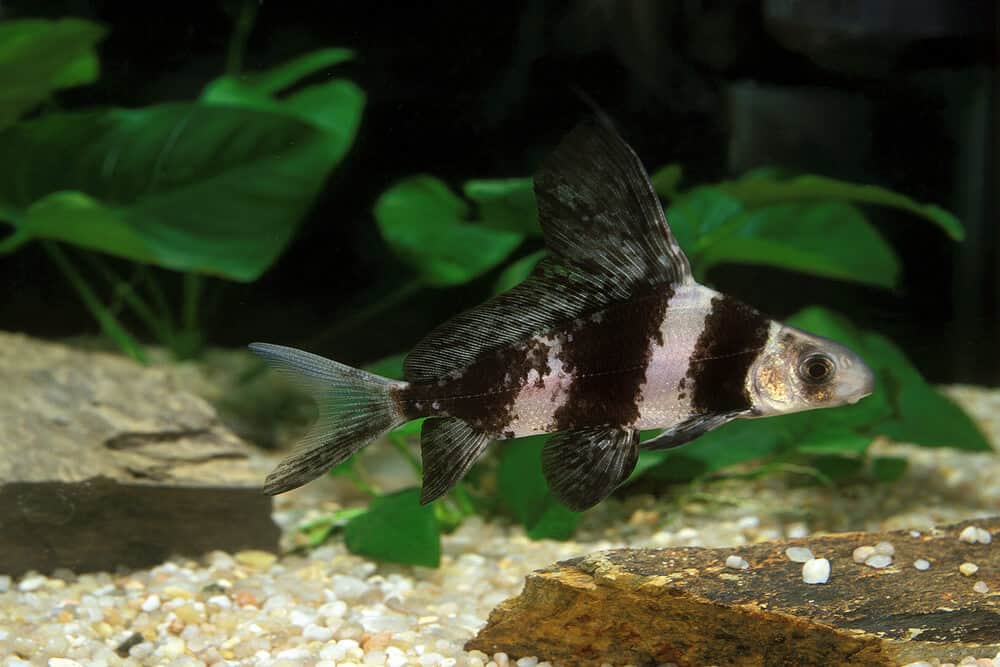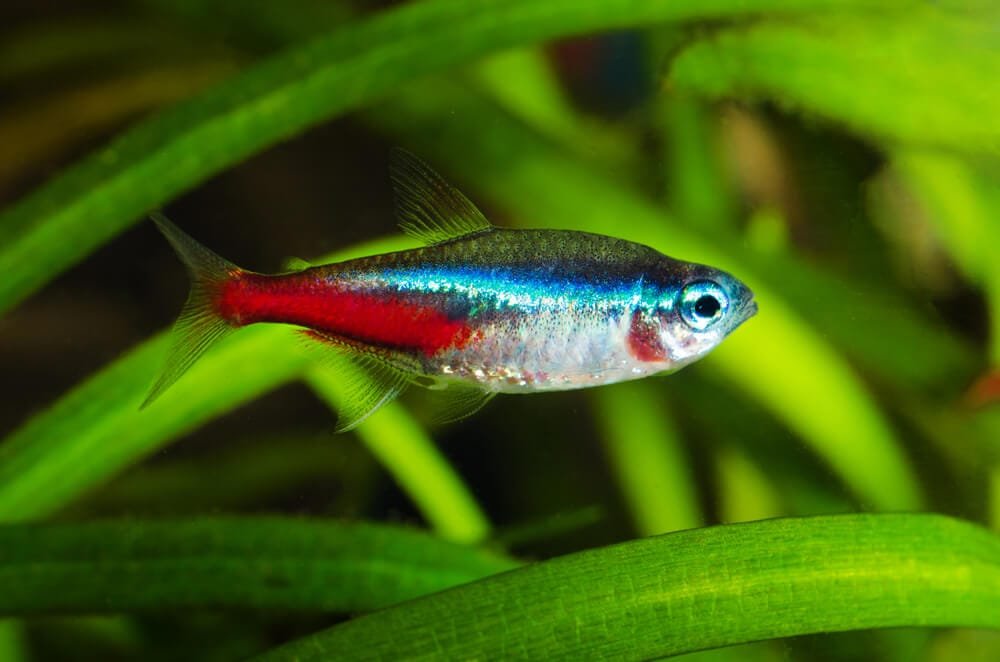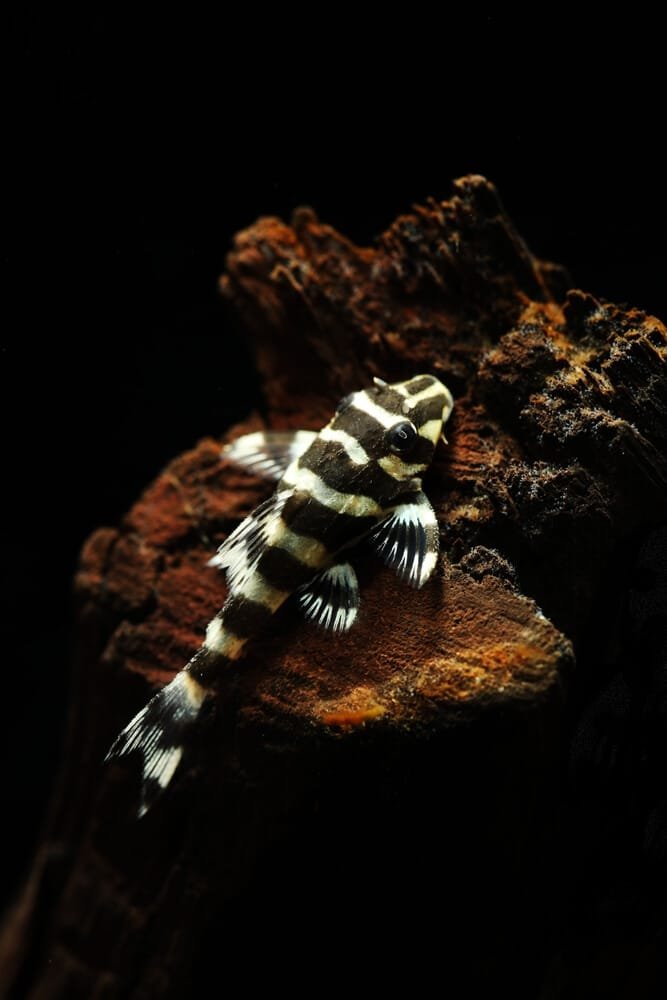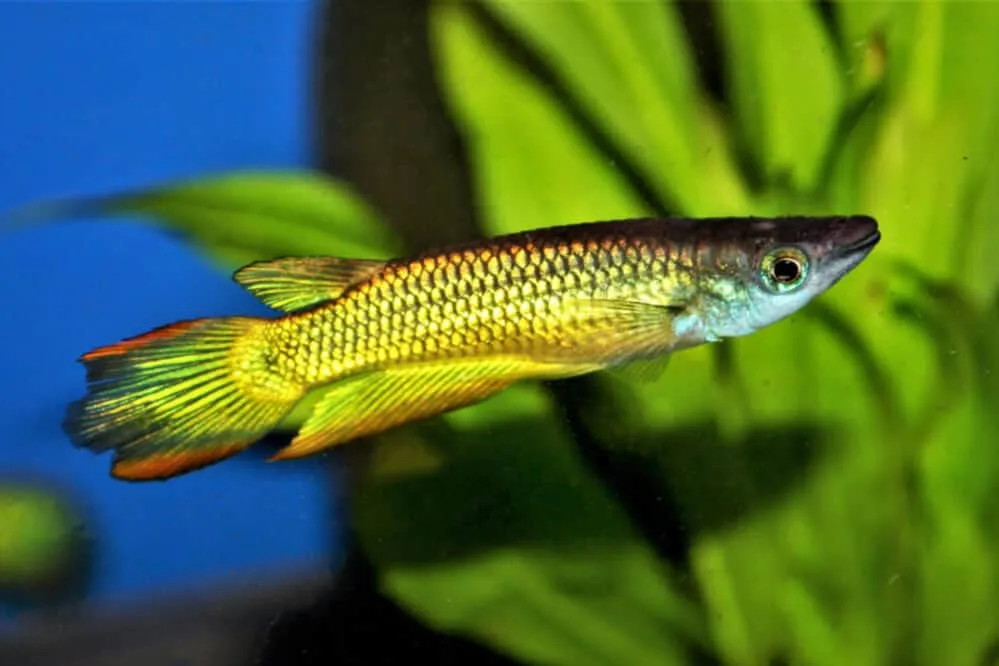The Complete Guide to Honey Gourami Care: Tank Setup and Health Tips
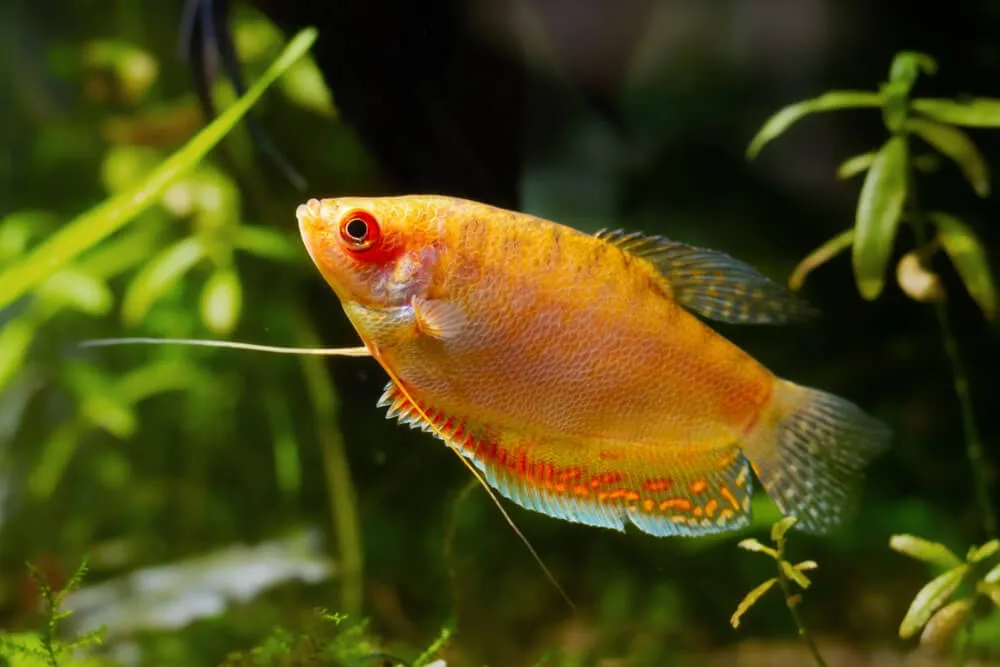
Imagine having a vibrant and peaceful aquatic creature that adds a touch of elegance to your fish tank. Enter the Honey Gourami, a mesmerizing species that captivates fish enthusiasts with its beautiful appearance and serene demeanor. With its shimmering golden color and delicately patterned fins, the Honey Gourami is a true gem to behold. In this article, we will explore the fascinating characteristics and care requirements of this enchanting fish, allowing you to create the perfect home for your very own Honey Gourami.
Physical Characteristics
Size
The Honey Gourami is a small-sized fish, growing to a maximum length of just under 2 inches (5 cm). This petite size makes them an excellent choice for smaller aquariums or community tanks.
Color
One of the most striking features of the Honey Gourami is its beautiful coloration. The males are especially vibrant, displaying shades of golden yellow, orange, and red. The females, on the other hand, have a more subdued coloration, with shades of pale yellow or beige. Both sexes have a black spot on their dorsal fin, which adds to their overall beauty.
Shape
The Honey Gourami has a slender and elongated body, with a slightly curved profile. Their fins are relatively small and delicate, adding to their graceful appearance. Overall, their shape is well-suited for navigating through densely planted tanks and tight spaces.
Habitat
Native Range
The Honey Gourami is native to Southeast Asia, specifically found in countries like India, Pakistan, Nepal, and Bangladesh. They inhabit slow-moving rivers, swamps, and heavily vegetated areas. These habitats are characterized by warm, still waters with ample plant cover.
Preferred Environment
In captivity, Honey Gouramis thrive in aquariums that replicate their natural habitat as closely as possible. They prefer a well-maintained tank with a water temperature between 75°F and 82°F (24°C and 28°C). The pH level of the water should be slightly acidic to neutral, ranging from 6 to 7.5. It is essential to maintain good water quality to ensure the health and well-being of these fish.
Tank Requirements
A tank of at least 10 gallons is sufficient for a small group of Honey Gouramis. However, if you plan to keep a larger group or include other tankmates, a larger tank is recommended. As they are surface-dwelling fish, providing ample surface area is important. A securely fitted lid is essential to prevent their escape, as they are known to be skillful jumpers.
Behavior
Social Nature
Honey Gouramis are peaceful and social fish by nature. They are generally non-aggressive and can be kept in a community tank with other peaceful fish species. However, it is recommended to avoid keeping them with aggressive or fin-nipping fish, as they may become stressed or injured.
Breeding Behavior
During breeding, male Honey Gouramis are known to build bubble nests at the surface of the water. These nests are created using saliva and plant material, and they serve as a safe haven for their young. The males are responsible for guarding and protecting the bubble nest until the fry hatch. Females play an essential role in the reproductive process, depositing their eggs in the nest carefully constructed by the male.
Feeding
Diet
Honey Gouramis are omnivorous, which means they can eat both plant matter and small live foods. In captivity, they should be fed a varied diet that includes high-quality pellets or flakes specifically formulated for tropical fish. Supplementing their diet with live or frozen foods such as brine shrimp, daphnia, or bloodworms will help ensure proper nutrition.
Feeding Habits
These gouramis are typically mid to top-level feeders, often seen swimming near the surface in search of food. They have a small mouth suited for picking at small food particles, and they may graze on algae or consume small insects that land on the water’s surface. It is recommended to feed them multiple small meals throughout the day to mimic their natural feeding behavior.
Tankmates and Compatibility
Community Tank
Honey Gouramis can be kept in a community tank with other peaceful fish species that share similar water requirements. Good tankmates include small tetras, rasboras, dwarf corydoras catfish, and peaceful shrimp species. Avoid keeping them with larger or aggressive fish that may intimidate or harm them.
Compatibility with Other Fish
While Honey Gouramis generally have peaceful temperaments, they can occasionally exhibit territorial behavior towards members of their species or similar-looking fish. To minimize aggression, it is recommended to keep them in groups of three or more, as this often disperses aggression among the males. Providing ample hiding places and areas of visual barriers can also help reduce stress and potential conflict.
Tank Setup and Maintenance
Tank Size
As mentioned earlier, a tank size of at least 10 gallons is suitable for a small group of Honey Gouramis. However, a larger tank will provide more space for swimming and accommodate additional tankmates if desired. It is always best to provide as much space as possible to ensure the well-being of your fish.
Filtration and Water Parameters
Maintaining good water quality is crucial for the health of Honey Gouramis. A reliable filtration system should be in place, capable of providing both mechanical and biological filtration. Regular water changes of around 25% every two weeks or more frequently, depending on the tank’s stocking level, are recommended to keep the water pristine. Additionally, ensuring the water temperature remains stable within the preferred range for the species is essential.
Decorations and Plants
Honey Gouramis are naturally found in heavily vegetated areas, so incorporating live plants into the tank setup is highly beneficial for their well-being. Dense plants, such as java fern, water wisteria, or Amazon sword, provide excellent cover and create a more natural environment. You can also include floating plants to simulate the shade and hiding spots found in their natural habitat. Adding driftwood or rock formations can create additional hiding spots and visually appealing features for your aquarium.
Common Health Issues
Disease Susceptibility
Honey Gouramis are generally hardy fish and do not have any specific health issues associated with their species. However, they are susceptible to common aquarium diseases, such as ich or fin rot, which can be caused by poor water quality or stressful conditions. Ensuring proper tank maintenance, providing a balanced diet, and maintaining optimal water parameters will help prevent these issues.
Preventive Measures
To prevent disease outbreaks, it is crucial to maintain good water quality by performing regular water changes and monitoring ammonia, nitrite, and nitrate levels. Quarantining new fish before introducing them to the main tank can also help prevent the spread of diseases. Additionally, providing a balanced diet and avoiding overfeeding will support the overall health and immune system of the fish.
Breeding
Breeding Setup
Breeding Honey Gouramis can be an exciting and rewarding experience. To encourage breeding, a separate breeding tank should be set up. The tank should have similar water parameters to the main tank, with a slightly higher temperature of around 82°F (28°C). Introducing plants with broad leaves or floating plants will encourage the male to build a bubble nest.
Spawning Behavior
During the breeding process, the male Honey Gourami will initiate courtship behavior, flaring his fins and displaying vibrant colors to attract the female. Once the female becomes receptive, she will swim closer to the bubble nest, and the male will wrap his body around her to induce spawning. The female will release her eggs, and the male will fertilize them. The male then collects the eggs in his mouth and carefully places them in the bubble nest. The process of collecting and depositing the eggs may be repeated multiple times. The male will diligently guard the nest and tend to the eggs until they hatch, which typically takes around 24 to 48 hours.
Interesting Facts
Bubble Nest Construction
One intriguing behavior of the Honey Gourami is its ability to build a bubble nest. Using saliva and bits of floating debris, the male constructs a nest at the water’s surface. This nest serves as a safe haven for the eggs and developing fry. This unique behavior adds to the allure of these already captivating fish.
Honey Gourami vs. other Gourami Species
Compared to other gourami species, the Honey Gourami is relatively peaceful and less territorial. It can be an excellent alternative for aquarists looking to keep gouramis in a community tank setting. Additionally, the Honey Gourami’s vibrant colors and small size make it a popular choice for hobbyists with smaller aquariums.
Conclusion
The Honey Gourami is a charming and beautiful fish that can thrive in a well-maintained aquarium. With their peaceful nature, stunning coloration, and unique bubble nest building behavior, they can be a delightful addition to any community tank. By providing them with a suitable environment, a balanced diet, and proper care, you can enjoy the company of these peaceful fish for many years to come.
